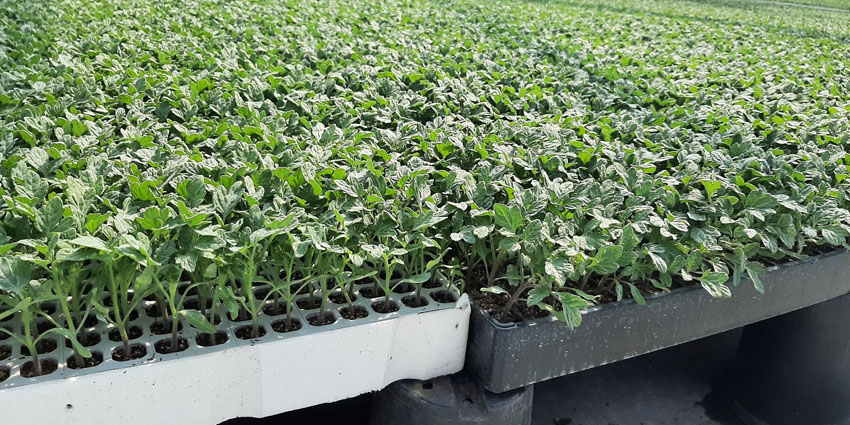- Follow
Parma’s AOP CIO has obtained approval for the TomatER project from the Emilia-Romagna Region

The AOP CIO, the Association of Producers’ Organizations based in Parma, of which AINPO, the Casalasco Tomato Consortium and the Cremona Agricultural Consortium are members,, presented to the Emilia-Romagna Region the TomatER research project for improving the environmental sustainability of the industrial tomato supply chain through the use of new packaging materials.
TomatER will be 70% funded by the Emilia-Romagna Region under measure 16.2.01 of the 2014-2020 Rural Development Program. The beneficiary is the Consorzio Interregionale Ortofrutticoli (IOC), and collaborating in the project activities are VSafe Srl., a spin-off of the Catholic University of the Sacred Heart in Piacenza, Cipack, Interdepartmental Packaging Center of the University of Parma, Open Fields Srl, AZ Gomma, 2 nurseries and several farms in Emilia-Romagna.
Currently, the industrial tomato industry is Italy’s most important processed fruit and vegetable supply chain and, with a turnover in 2021 of €3.7 billion, of which about €2 billion come from exports, it plays a strategic role in the national economy, employing about 10,000 permanent workers and more than 25,000 seasonal workers, plus the workforce employed in related industries (data from ANICAV - National Association of Industrial Vegetable Food Conservation Industries).
At the seedling production stage for open-field transplanting, which takes place in specialized nurseries, seedlings are sown, cultivated, and transported in containers called ‘seedbeds’ that are made of polystyrene. Currently, in Northern Italy, nearly 5 million units are used per campaign. Polystyrene is an amorphous thermoplastic material that has many positive properties, yet also many critical issues when it comes to tomato cultivation. Polystyrene seedbeds are not suitable for reuse because they cannot be sterilized. Since it is impossible to sterilize them, there is a risk that when they are reused the seedbeds can be pathogen vectors for seedlings. Recycling polystyrene seedbeds is difficult because of their high volume-to-weight ratio.
These critical issues prompted the Parma CIO to seek more environmentally sustainable and circular economy-compatible solutions by identifying reusable (non-disposable) and recyclable materials.
The TomatER project therefore has the overall goal of improving the environmental sustainability of the industrial tomato supply chain through the use of new seedbeds suitable for machine transplanting, made of plastic materials as an alternative to polystyrene.
Two types of seedbed will be tested: the first, made of polypropylene (single-material seedbeds) will be fully reusable and completely recyclable; the second (mixed seedbeds), consisting of two materials, a polystyrene base and a thermoformed rPET liner: the polystyrene base, since it never comes into direct contact with seedling roots and leaves, can be reused for multiple cycles, while the thermoformed rPET liner is sent for recycling at the end of each growing cycle.
The advantage in terms of the environmental impact of the new seedbeds is mainly due to the ability to reuse them and in particular: in the case of single-material seedbeds, each goes through two cycles of use in the same crop year and can be used for several years before being recycled to create new seedbeds; in the case of mixed seedbeds, the rPET thermoformed top part is used once for recycling (rPET), while the polystyrene bottom part, since it has not been in contact with peat and seedling roots, can be recovered for reuse in a second cycle in the same year and then subsequently for several years.
The purpose of the trial is to evaluate the cost/benefit in economic and environmental terms of using these two types of seedbeds compared to traditional polystyrene seedbeds, and to see for how many years they can be reused.